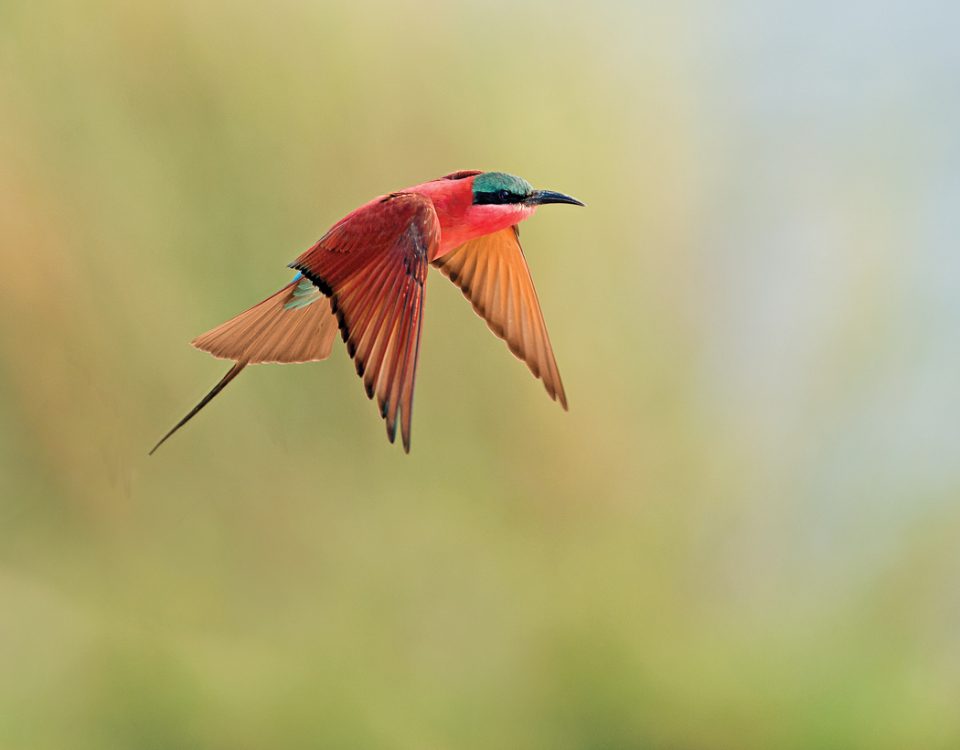Desert elephants – Dwellers of dryness
July 13, 2012Diamonds – Purest carbon
July 13, 2012The scene is surreal – padding silently on wet sand a lion stalks fur seals on the shoreline of the Skeleton Coast. No one has witnessed a kill, but morning light reveals a night-time struggle that ensued fatefully for the seal. A top terrestrial predator has successfully hunted a top marine predator.
Where else in the world can you walk along the beach at low tide, following the pugmarks of a lion as it skirts the tidal wash? I first encountered lion tracks on the coast in the 1980s. They were leading northwards from the mouth of the Hoanib River, and I followed them cautiously. What would the lion do if I disturbed it? What would I do?
My vehicle was some distance away and as a rule we avoided driving off-road and spoiling the fragile marine terraces on this pristine coastline. Even an amateur would have been able to track the big cat as it left its paw marks plainly on the damp sand.
It had paused to sniff and gnaw at the remains of a seabird carcass, and then wended its way casually along the shore. The tracks led into a deep, dune-hummock gully and I dared not venture further and risk provoking the lion. Returning to my vehicle, I decided to prepare for a possible immobilisation the next day.
That night the lioness, as it turned out, killed a beached seal, and dragged its carcass a considerable distance to the shelter of a rocky outcrop. There, from the safety of my vehicle, I was able to fire an anaesthetic dart into her shoulder and then fitted a radio transmitter collar around her muscular neck. She was the first Skeleton Coast lion to be marked for research. I spent the remainder of the day laboriously raking and sweeping to obliterate the tracks of my vehicle from the scene.
She soon met a mate and we often found them at the reed beds of the Uniab River mouth, where tourists walked to view the waterfall just short of the beach. They never threatened people, although some visitors were alarmed to find lion tracks on the pathway.
It was a distressing ending to their lives when they moved from the safety of the park and were fatally wounded by farmers in the neighbouring area who perceived them to be a threat to their livestock. Park rangers discovered their remains near a small village. A post-mortem proved that the lioness was carrying three well-developed cubs.
Lion wanderlust
What makes lions roam over large areas? Finding new territories or looking for females induces male lions to cover prodigious distances. On the Skeleton Coast at least three recent cases confirm this wanderlust, which is often fatal. An old male created chaos among anglers near Mile 108, a favourite fishing spot, when he appeared ghostlike through the fog early one morning.
The fishermen left tackle and bait strewn across the beach as they scurried for the safety of their vehicles. Alas, the intruder was considered to pose a danger, resulting in his demise by law enforcement officers.
Later, a magnificent young male was located scavenging from Swakopmund’s refuse dump. He reached Sandwich Harbour, leaving his tracks at a fresh-water pool. This time leniency was shown and bait in the Swakop River, where he ultimately sought shelter, enticed him to within range of an immobilising dart. He regained consciousness safely back in the Skeleton Coast Park.
Yet a third male made his presence known at Gobabeb Desert Research Institute. The labourers excitedly reported the spoor of a ‘very large hyaena’ in the Kuiseb River where their goats browsed. Investigation discounted the hyaena in favour of a full-grown male lion. We tracked him easily as he made his way upstream, but lost his huge imprints in dense undergrowth. To our knowledge he caused no damage and disappeared as mysteriously as he came.
When the urge to trek overcomes them, lions leave their sandy sanctuary in the Skeleton Coast Park, making use of the ephemeral riverbeds to access the hinterland. These shady and sheltered avenues of adventure take them into the remoteness of the Kaokoveld.
Here their diet changes from fur seal to gemsbok and mountain zebra, with the occasional temptation offered by untended livestock. Their tell-tale pug marks no longer show, as they exchange soft sand for the brutal surface of basalts and granites left by ancient laval flows. This unforgiving world takes them into the harsh wilderness of elevated plateaus and towering mountains.
They have at times reached Etosha, linking and mixing their genes with their savannah-dwelling kindred. By undertaking this journey they are reviving primeval instincts to find and fill territories where they can survive. In this quest they regrettably face growing opposition from the most formidable opponent that Africa has yet produced. People encroach evermore on the last remaining wild places, leaving lions the loser when they try to match raw strength against brain power.
There is hope, however. A proposed corridor of communal conservancies will once again link the austere desert world of the lions to the abundance of Etosha National Park.
This article appeared in the 2009/10 edition of Conservation and the Environment in Namibia.
Additional photos from http://www.desertlion.info/camtrap.html
Hu Berry was a scientist, conservationist and specialist tour guide. He was one of Venture Publications' most valued authors. Sadly he passed away in July 2011. To read more about him click here.






1 Comment
impressive facts to keep in mind….